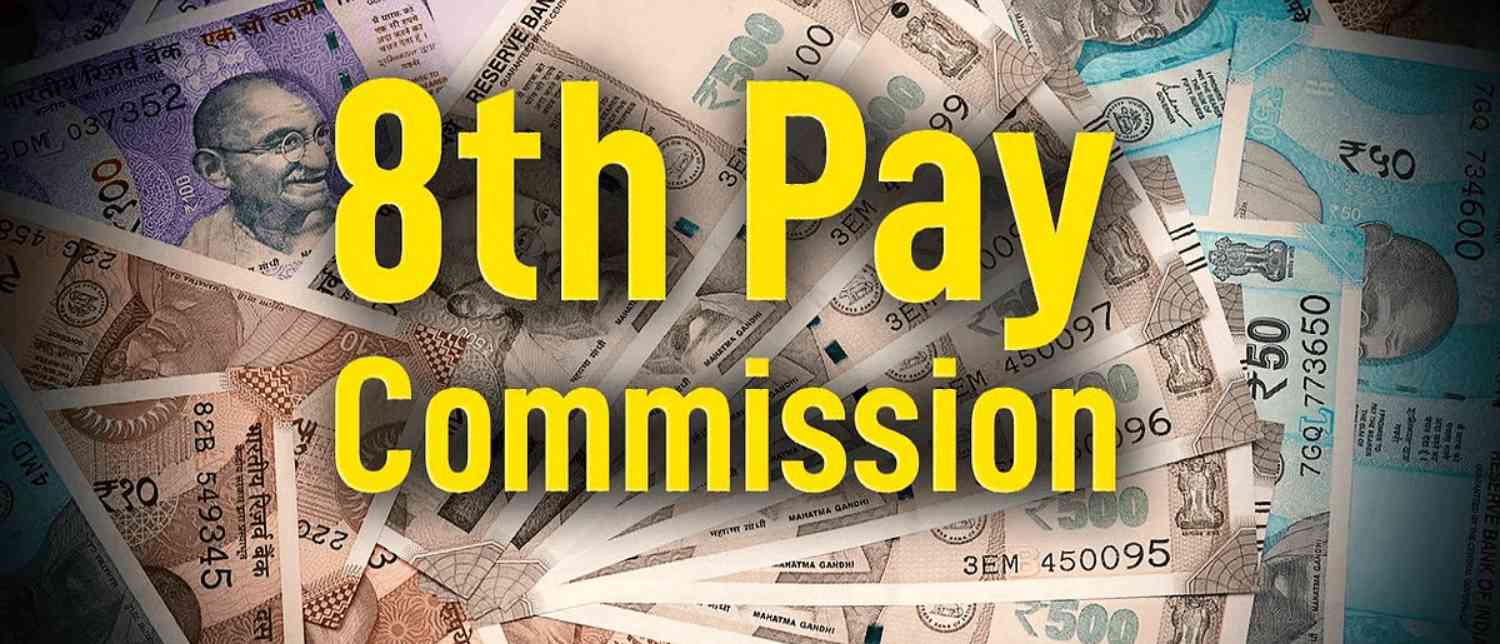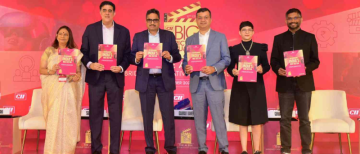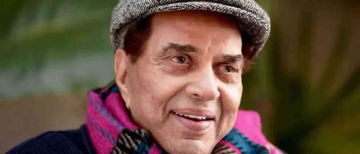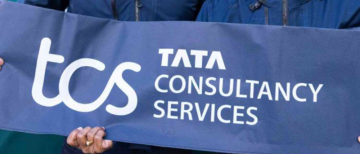The long-awaited 8th Central Pay Commission (CPC) is fast becoming one of the most talked-about issues among India’s central government employees and pensioners. With just months to go before the scheduled implementation date of January 1, 2026, uncertainty prevails. On one hand, reports suggest that the fitment factor under the 8th Pay Commission could bring a near doubling of salaries; on the other, the government’s delay in officially constituting the commission has sparked widespread frustration and nationwide protests.
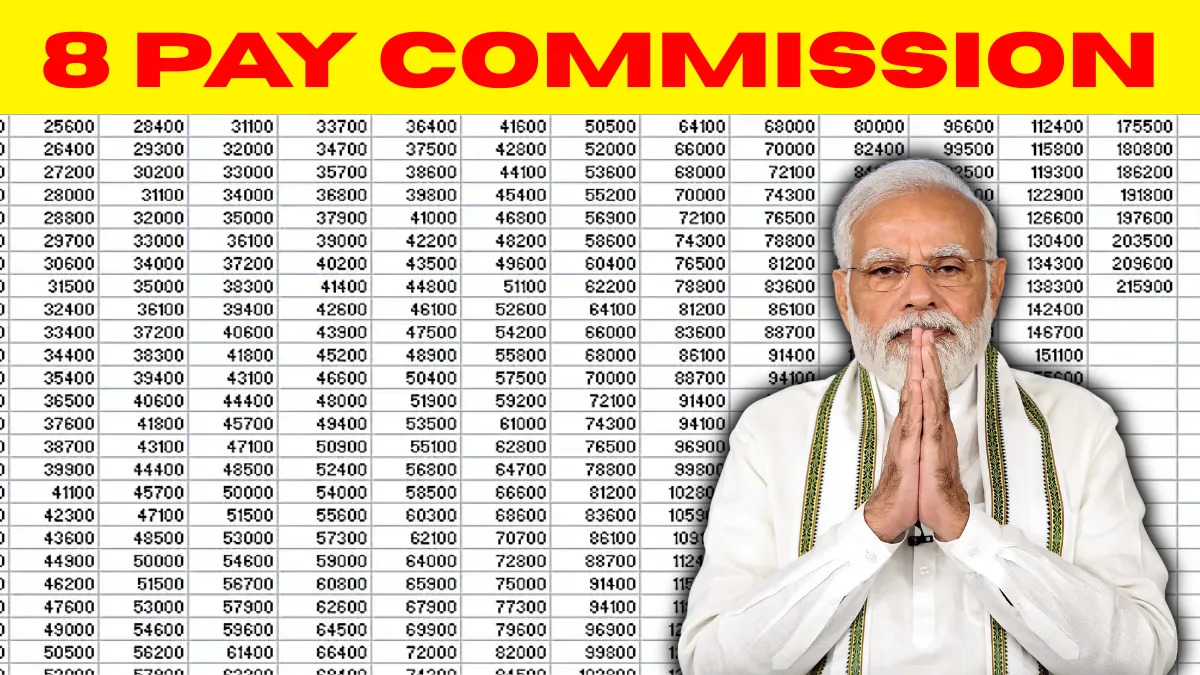
What Is the 8th Pay Commission and Why Does It Matter?
Pay commissions in India are set up periodically to revise the salaries, pensions, and allowances of central government employees, including personnel from the defence services, All India Services, Union Territories, and other affiliated departments.
The 8th Pay Commission, once notified, will directly impact the income of more than 50 lakh central government employees and around 65 lakh pensioners. Its recommendations determine not only basic pay but also Dearness Allowance (DA), House Rent Allowance (HRA), and several other financial benefits that together shape an employee’s total remuneration.
Even if the entire rollout extends into 2027, the revised benefits are expected to be effective retrospectively from January 1, 2026, ensuring employees receive arrears for the delayed period.
The Fitment Factor: The Key to Salary Calculation
At the heart of every pay commission lies one crucial component — the fitment factor. It’s the multiplier applied to an employee’s existing basic pay to determine the new revised basic salary under the upcoming pay structure.
To understand how this works, let’s revisit the previous commissions:
-
6th Pay Commission (2006): Minimum basic pay was set at ₹7,000.
-
7th Pay Commission (2016): The minimum pay was raised to ₹18,000 using a fitment factor of 2.57.
For the upcoming 8th Pay Commission, reports suggest that the fitment factor could range between 1.92 and 2.86, with 1.96 emerging as the most probable figure.
If implemented, this will form the baseline for recalculating salaries across all pay levels—from Level 1 (entry-level staff) to Level 18 (senior administrative positions).
How Much Will Salaries Increase?
Assuming a fitment factor of 1.96, here’s how the numbers could play out:
-
Current minimum basic pay: ₹18,000
-
New basic pay: ₹18,000 × 1.96 = ₹35,280
This increase does not yet include DA or HRA, which will vary depending on city classification and cost-of-living adjustments.
Revised Salary Formula
New Basic Salary=Old Basic Salary×Fitment Factor\text{New Basic Salary} = \text{Old Basic Salary} × \text{Fitment Factor}New Basic Salary=Old Basic Salary×Fitment Factor
This simple formula will be applied across all pay levels to calculate the revised basic pay structure under the 8th CPC.
Prime Minister @narendramodi approves setup of the 8th Central Pay Commission for all employees of the Central Government.
Since 1947, seven Pay Commissions have been constituted, with the last one implemented in 2016. As the 7th Pay Commission's term concludes in 2026,… pic.twitter.com/t5ghZ7kkwU— PIB India (@PIB_India) January 16, 2025
Estimated Salary Example for Level-9 Employee
To visualize the impact of the proposed fitment factor, let’s consider a Level-9 central government employee.
Current Pay Structure
-
Basic Salary: ₹53,100
-
Dearness Allowance (58%): ₹30,798
-
House Rent Allowance (27% in metro cities like Delhi): ₹14,337
-
Total Current Salary: ₹98,235
Under 8th Pay Commission (Proposed)
-
Revised Basic Salary: ₹53,100 × 1.96 = ₹1,04,076
-
DA (reset to 0% initially): ₹0
-
HRA (27% of new basic): ₹28,100
-
Total Revised Salary: ₹1,32,177
While these are preliminary estimates, they show a significant increase in take-home pay — especially once DA begins to accumulate again every six months based on inflation indices.
Nationwide Protests by Defence Civilian Employees
As the government delays notification of the 8th Pay Commission, frustration has turned into open protest. On October 14, 2025, more than 3 lakh Defence Civilian Employees across over 400 defence establishments observed a National Protest Day, demanding immediate notification of the 8th CPC.
The protest was organized by the All India Defence Employees Federation (AIDEF), which accused the government of “turning a deaf ear” to long-pending employee demands.
Key Demands Raised During the Protest:
-
Immediate publication of the 8th Central Pay Commission Notification along with inclusion of the Terms of Reference (ToR) proposed by the Staff Side of the National Council (JCM).
-
Restoration of the Old Pension Scheme (OPS) for employees recruited on or after January 1, 2004.
-
Grant of Compassionate Appointments to dependents of deceased Defence Civilian Employees by lifting the “illegal ban” imposed by the Ministry of Defence.
AIDEF’s General Secretary, C. Srikumar, emphasized that the protests were a “resounding success,” reflecting collective anger among both serving and retired employees.
Government’s Delay and Contradictory Statements
Despite clear expectations, the government has not yet constituted the 8th Pay Commission, breaking from decades of administrative convention.
In January 2025, Union Minister Ashwini Vaishnaw hinted that the Cabinet had discussed setting up the 8th CPC and that implementation would occur before January 1, 2026. However, in August 2025, a contradictory statement emerged in Parliament.
In a Lok Sabha reply to an unstarred question (No. 3541) on August 8, 2025, Pankaj Chaudhary, Minister of State for Finance, categorically stated:
“No such proposal is under consideration with the Government for constitution of 8th Central Pay Commission for the Central Government employees.”
This blunt denial contradicted earlier assurances, deepening confusion among employees and fuelling speculation about the government’s intentions.
Historical Context: What the Delay Signifies
The contrast is striking. The 7th Pay Commission was constituted by the Manmohan Singh government on February 28, 2014, months before general elections.
That commission, chaired by Justice Ashok Kumar Mathur, was given 18 months to submit its report — a timeline it largely adhered to. The Modi government later implemented its recommendations on June 29, 2016, effective January 1, 2016.
Typically, a pay commission’s lifecycle — from constitution to implementation — spans about 24 to 30 months. The absence of any official move to establish the 8th CPC even by October 2025 represents an unprecedented delay, with less than three months left before the scheduled date of effect.
Employees’ Broader Demands: Pension and Compassionate Appointments
Alongside pay revisions, the AIDEF and other employee bodies have pressed for two other major issues:
1. Restoration of the Old Pension Scheme (OPS)
Srikumar and other union leaders have consistently rejected the Unified Pension Scheme (UPS) introduced recently, calling it “just another contributory model.”
According to AIDEF, out of more than 20 lakh NPS employees, fewer than one lakh have opted for the new UPS — a clear sign of discontent. The demand is unequivocal: restore the non-contributory Old Pension Scheme under the CCS Pension Rules, 1972/2021.
2. Lifting of the Ban on Compassionate Appointments
AIDEF has also condemned what it calls a “discriminatory approach” within the Defence Ministry. While Indian Railways reportedly allows nearly 100% compassionate appointments, the Defence Establishments limit them to 5% of annual Group ‘C’ vacancies—and have completely banned them for the past four years, citing corporatisation of ordnance factories.
Over 6,500 families of deceased employees are said to be awaiting relief under this policy freeze.
AIDEF’s Warning and the Road Ahead
Calling the government’s approach “stepmotherly,” AIDEF has warned of intensified nationwide agitation if the demands remain unmet.
Srikumar also criticized ministries for ignoring Cabinet Secretary directions to hold regular interactions with unions under the Joint Consultative Machinery (JCM) framework.
“Government indifference forces employees to approach courts, prolonging disputes for decades and defeating the purpose of collective bargaining,” he said, urging for meaningful dialogue.
Political Overtones and Speculations
Observers believe the government’s mixed messaging and silence may be politically calculated. In recent years, Prime Minister Narendra Modi has preferred direct announcements of financial reliefs — such as the ₹1 lakh crore income tax relief in Budget 2025–26 and the ₹2 lakh crore ‘Double Diwali’ GST cut on August 15, 2025.
Analysts suggest a similar “PM’s direct gift” approach might be applied to government salary and pension hikes — bypassing the formal pay commission mechanism altogether.
Such populist timing could coincide with election cycles, allowing the government to claim credit for the pay hike without the bureaucratic process of a commission report.
What Lies Ahead for Employees and Pensioners
For millions of central government employees and pensioners, the question remains: Will the 8th Pay Commission be constituted at all?
While the formula, calculations, and projections are ready in principle, official silence from the Modi government has created uncertainty not seen in the history of India’s pay commissions.
If the fitment factor of 1.96 is indeed implemented, salaries could nearly double, bringing significant financial relief to lakhs of families. But without a formal notification or clear government statement, all projections remain speculative.
As employees’ unions continue to mobilize and public pressure grows, the government will soon need to decide whether to uphold administrative tradition or introduce a new political style of pay revision.
Either way, the fitment factor — that simple multiplier — has once again become the central number defining the hopes and frustrations of India’s government workforce.
With inputs from agencies
Image Source: Multiple agencies
© Copyright 2025. All Rights Reserved. Powered by Vygr Media.

